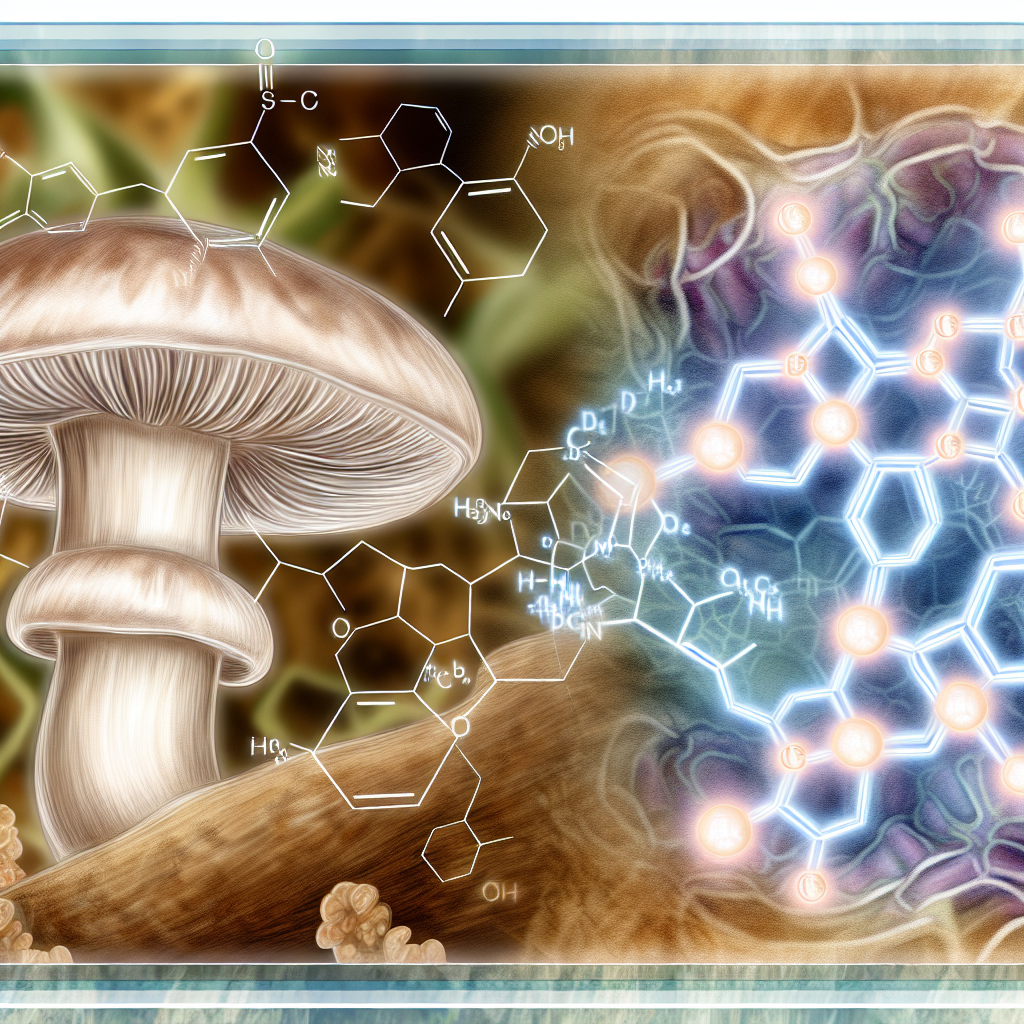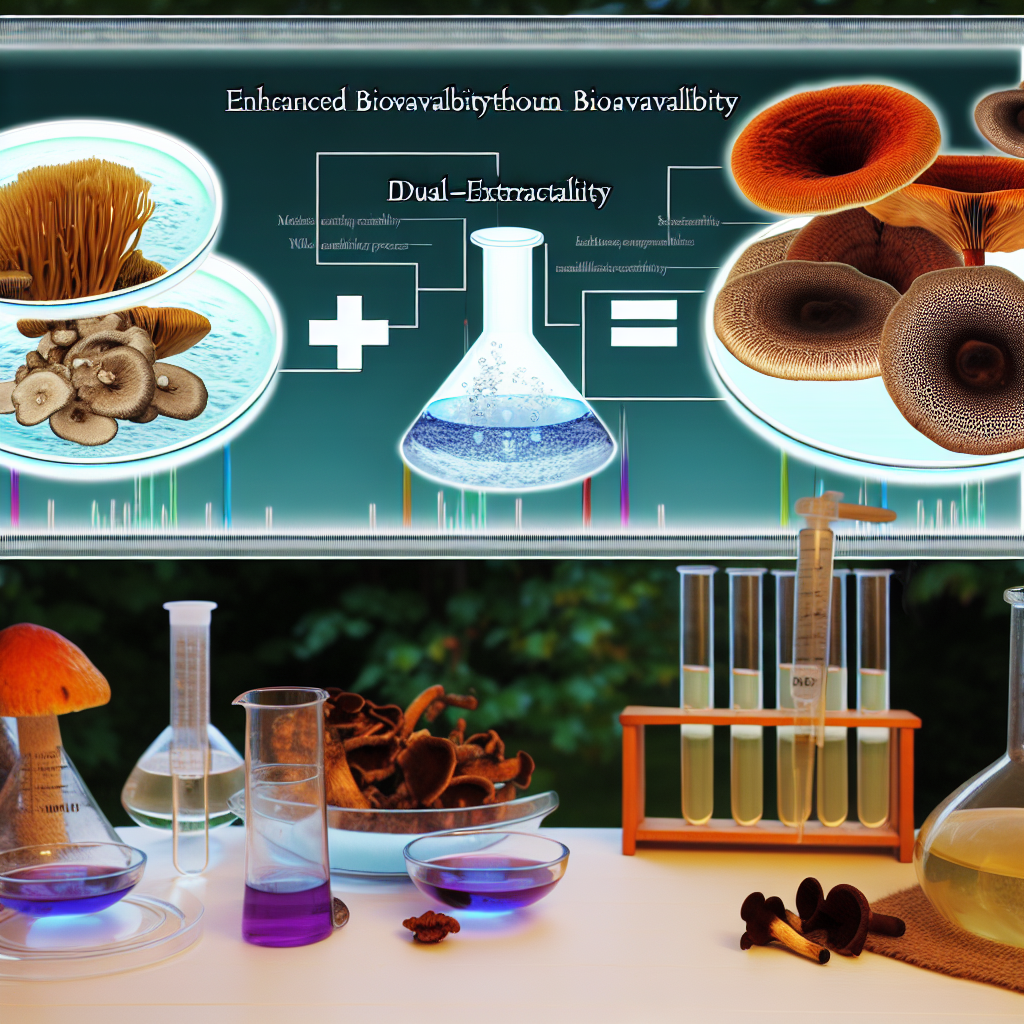# Chaga Tea Benefits: Anti-inflammatory Properties and Usage Guide
Chaga Tea Benefits: Anti-inflammatory Properties and Usage Guide
**Chaga tea**, a centuries-old wellness remedy, is quickly gaining popularity as a modern-day superfood among health-conscious individuals. Derived from the Chaga mushroom (Inonotus obliquus), which grows predominantly on birch trees in cold climates such as Siberia, Canada, and the northern United States, this dark, woody fungus is not only prized for its earthy flavor but also for its dynamic range of health-promoting effects—particularly its anti-inflammatory capabilities.
Science-Backed Anti-inflammatory Power: What Makes Chaga Tea a Natural Remedy
Modern studies have started to identify the compounds that may make Chaga so compelling as an anti-inflammatory agent. One of the standout bioactive constituents in Chaga is a group of polysaccharides known for their immune-modulating properties. Research published in the *Journal of Ethnopharmacology* shows that Chaga’s polysaccharides can reduce pro-inflammatory markers such as tumor necrosis factor-alpha (TNF-α) and interleukin-6 (IL-6) by downregulating certain pathways involved in chronic inflammation, including the NF-κB signaling pathway.
Another robust compound in Chaga is betulinic acid, derived from the birch trees on which the mushroom grows. According to a study highlighted in the *International Journal of Molecular Sciences*, betulinic acid exhibits significant anti-inflammatory and anti-viral properties. It helps suppress COX-2 enzymes, which are often involved in inflammation, much like over-the-counter NSAIDs—but without the irritating gastrointestinal side effects.
Chaga’s deep pigment comes from melanin, but it’s more than just for show. The melanin in Chaga is rich in antioxidants. These substances help neutralize free radicals—molecules that contribute to oxidative stress and chronic inflammation. According to the journal *Antioxidants*, Chaga extract showed antioxidant activity levels higher than many other well-known medicinal mushrooms, making it a potent natural inflammation fighter.
To further support these findings, a 2015 animal study in *Mycobiology* indicated that Chaga extract significantly reduced both inflammation and oxidative damage in mice with colitis, pointing toward potential support for inflammatory bowel conditions. And in a pilot study conducted by Kyung Hee University in South Korea, Chaga supplementation reduced inflammatory markers in people with autoimmune conditions, suggesting its promise as an herbal adjunct therapy.
How to Make Chaga Tea: A Step-by-Step Brewing Guide
To make the most of Chaga’s health-boosting compounds, proper preparation is essential. Here’s a simple guide to ensure you’re getting the best from every cup:
1. **Buy High-Quality Chaga**
Look for sustainably harvested Chaga from clean, non-polluted forests. It’s typically available in chunks, powder, or convenient tea bags. Always source from reputable suppliers.
2. **Pre-Boil Preparation**
If using Chaga chunks, break them into smaller pieces the size of gravel. For powder, a standard serving is 1 to 2 teaspoons per cup of water.
3. **Simmer Slowly for Maximum Potency**
Start by boiling water, then reduce it to a low simmer. Add your Chaga chunks or powder and let it gently simmer for at least 15–30 minutes. For a stronger decoction, simmer for up to 2 hours—the longer, the more medicinal compounds you extract.
4. **Reuse and Store Wisely**
Don’t discard your Chaga chunks after one use—they can be reused until the resulting tea becomes significantly lighter in color. Store used chunks in a dry, airtight container between uses to preserve freshness.
5. **Customize the Flavor**
Chaga tea has a mild, earthy flavor. Feel free to add natural enhancers such as cinnamon sticks, ginger root, lemon, or a touch of maple syrup for both taste and added health benefits.
Conclusion: Sip Your Way to Less Inflammation with Chaga Tea
Chaga tea offers a potent, natural way to support the body’s inflammatory response while providing a wealth of antioxidant and immune-regulating compounds. As both science and tradition confirm its benefits, Chaga stands at the forefront of functional wellness tools that are as comforting to drink as they are effective in promoting long-term health.
By integrating Chaga tea into your wellness routine, you are embracing a centuries-old tradition and participating in a modern, research-backed approach to combating inflammation naturally. Whether used preventively or as part of a wider anti-inflammatory lifestyle, Chaga brings both healing and heritage to your teacup.
References
– Journal of Ethnopharmacology – Study on Chaga Polysaccharides and Inflammation
– International Journal of Molecular Sciences – Betulinic Acid and Anti-inflammatory Effects
– Antioxidants Journal – Antioxidant Activity in Chaga Mushrooms
– Mycobiology – Anti-inflammatory Effects of Chaga in Animal Models
– Kyung Hee University Study – Chaga and Autoimmune Inflammation
Concise Summary:
Chaga tea is a centuries-old wellness remedy that is quickly gaining popularity as a modern-day superfood due to its powerful anti-inflammatory properties. Derived from the Chaga mushroom, it contains a range of bioactive compounds like polysaccharides, betulinic acid, and melanin that have been shown to reduce inflammation, modulate the immune system, and provide antioxidant protection. This comprehensive guide covers the science behind Chaga’s anti-inflammatory benefits, how to properly prepare and brew the tea, and the conclusion that Chaga is a natural, research-backed way to sip your way to less inflammation.

Dominic E. is a passionate filmmaker navigating the exciting intersection of art and science. By day, he delves into the complexities of the human body as a full-time medical writer, meticulously translating intricate medical concepts into accessible and engaging narratives. By night, he explores the boundless realm of cinematic storytelling, crafting narratives that evoke emotion and challenge perspectives. Film Student and Full-time Medical Writer for ContentVendor.com




